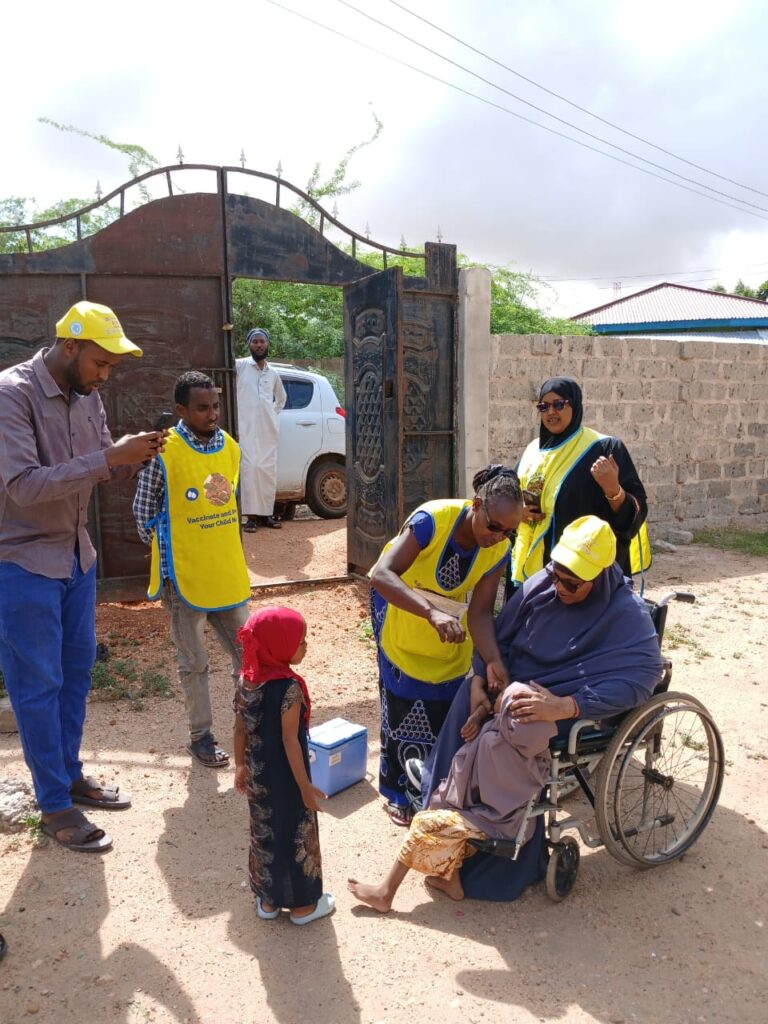A major milestone in public health has been achieved in Garissa County, where over 300,000 children under the age of five were vaccinated against polio during a recently concluded five-day campaign. The effort, which spanned seven sub-counties and included refugee camps, was a proactive response to the emergence of new polio cases along the Kenya–Ethiopia border, prompting health authorities to act swiftly to prevent further spread of the virus.
The campaign, which took place between April 12 and 16, was spearheaded by the Garissa County Health Department and supported by national and international health partners. Originally, the target was to reach 317,000 children, but the campaign surpassed expectations despite facing numerous logistical challenges. According to Salan Gudle, the County Health Promotion Coordinator, the mobile nature of the pastoralist communities posed a significant hurdle due to recent heavy rains that had forced many families to move in search of water and grazing lands.
To address this, mobile health teams were dispatched to follow these nomadic groups along their migration routes. This included collaboration with health officials in neighboring Somalia to reach families who had crossed the border. Such coordination was crucial in ensuring that no child was left behind, regardless of their location or movement patterns.
The vaccination initiative was not solely a medical exercise; it relied heavily on community engagement and grassroots mobilization. Religious leaders, local elders, and chiefs played pivotal roles in rallying public support and encouraging parents to participate in the campaign. Their efforts were instrumental in dispelling myths and misinformation about the vaccine, contributing significantly to the campaign’s overall success.
One of the key strategies employed to combat vaccine hesitancy was the involvement of County Polio Champions—individuals who either live with polio or have experienced its impacts firsthand. Okan Abdi Guhad, one such champion and a polio survivor, recounted her experience moving from one homestead to another, speaking to families and educating them on the dangers of polio. Her story and personal connection to the disease proved persuasive in encouraging skeptical parents to vaccinate their children.
Guhad also addressed suspicions from some community members who questioned why the vaccination campaign targeted only specific counties, such as Wajir, Mandera, and Marsabit. She emphasized that the focus was guided by epidemiological evidence and risk assessments, not discrimination or favoritism.
The campaign’s success stands as a testament to the power of collaboration between healthcare providers, community leaders, and affected families. It also underscores the importance of adaptive strategies in reaching vulnerable populations, particularly in regions with dynamic living conditions. As health officials continue to monitor the situation along the Kenya–Ethiopia border, the Garissa County initiative serves as a model for effective disease prevention and community-based public health action.

